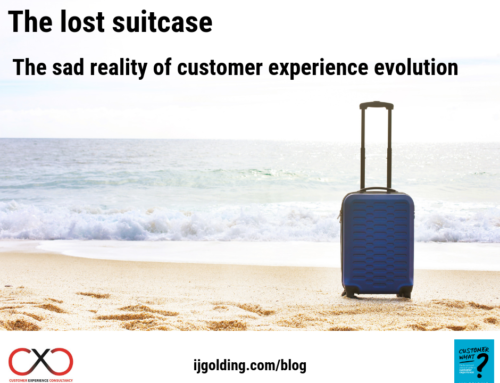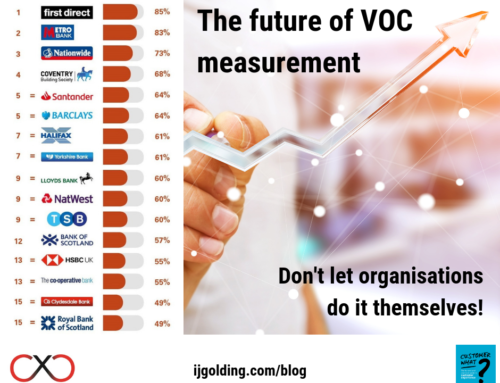What does this picture say to you? Trust me…..this is not a trick question. Let me hit you with some suggestions. It conjures up words to me such as ‘relaxing’; ‘sumptuous’; ‘luxurious’; ‘sensual’ – exactly the kind of things that would make any woman (and some men) smile if they were given a Clarins facial as a gift. The prospect of being given a wonderful facial with world renowned beauty products is one that not many people would take for granted. It may therefore be a surprise to find me writing a blog on the subject of Clarins today.
I have had facials in the past – not many (I can hear some of you chuckling at this thought) – but enough to get the point. Like a massage (I have had a few of those as well – stop chuckling) a facial is intended to be relaxing and re-vitalising – a well earned treat. As long as the beauty therapist is not intent on attacking the multitude of blackheads that have gathered around your nose, most of the time you leave the building feeling exactly as you expected – relaxed and re-vitalised. So what has this got to do with the subject of customer experience?
Let me explain. Yesterday, whilst delivering a talk to a group of MBA students, I was asked whether customers always knew exactly what to expect – whether they always knew what they needed. It was a great question – the questioner went on to ask if organisations were sometimes guilty of trying to give customers things they did not always need. We only need to look at the fallout from ‘PPI-gate’ to recognise how prevalent the mis selling of products has been in recent times. There are many examples of businesses trying to sell things to customers they did not initially intend to buy.
When was the last time you went in to a WHSmith? Were you asked if you would like to buy a gargantuan chocolate bar for a discount at the till? In one of the new Clinton Card shops the other week, I was asked if I wanted to buy a pen when making payment – if I wanted a pen, I would have put one in my basket!! McDonalds are perhaps the most ‘expert’ at this phenomenon, forever asking you if you would like to ‘go large’ – if I wanted to go large, I would have asked for a large meal!!
‘Up-selling’ as it is often known is not a new concept. In my early days at Shop Direct Group, contact centre agents were expert at convincing a customer who had telephoned them to buy a pair of jeans that they should also buy a pair of anti bacterial gold velour pillow cases as well. Although the concept has ben around a long time, it is important to understand the effect it can have on the customer experience – and this is where Clarins comes in.
My wife, Naomi, was fortunate enough (or so I thought) to receive a Clarins facial as a gift for her birthday. It is not the first time she has received such a gift. Yesterday, Naomi went to have the facial in Chester. That evening, as any good husband should, I asked her how it went. ‘The facial was nice, but I hate they way they do it’, was the response. I was surprised by that, and so enquired further as to why.
If you have not been for a Clarins facial before, you may not know what actually happens. You do not just turn up, be greeted by a smiling beautician who shows you to a treatment room and carries out the facial. Clarins approach is to provide the customer with a beauty experience. Post the treatment, the customer is given a ‘Face & Body Care Skin Care Planner’- sounds very technical. It is actually a glossy product brochure disguised as a ‘consultation’ document.
The beautician took time to ‘diagnose’ Naomi’s skin, deciding which products she should use, and more importantly, which products Naomi should buy once the facial had been completed. Although Naomi has been a regular customer of Clarins products for years, the beautician wanted to ensure that Naomi knew exactly what products she had not been buying that she should now buy. The beautician even circled the products clearly in the brochure to make sure that Naomi would not forget.
Now you might be thinking ‘what is wrong with that?’ – can you remember the suggested words that came to my mind when seeing a picture of a Clarins facial? They were ‘relaxing’; ‘sumptuous’; ‘luxurious’; ‘sensual’ – that is how you should feel after the facial has been completed. However, in Clarins endeavours to ‘up-sell’ product to you, during the post facial experience you are subjected to a sales process. If you are anything like me, I cannot stand people trying to sell me things I do not want, or indeed need. If I wanted to buy the products the beautician had just used on me, I would ask her about them.
Naomi had experienced a facial with Clarins before – she knew the ‘hard sell’ was coming – it made her tense before the facial had even been done. The Clarins facial experience was sullied for Naomi by this strategy. I asked her if she would have chosen a Clarins facial (i.e. if she wanted a facial and it had not been given to her as a gift) – her answer was categorical – no. In fact, if asked by a friend or colleague if she would recommend a Clarins facial, Naomi would be unlikely to do so.
I have often referenced Bruce Temkin in my blogs, and I make no apology for doing so again. Bruce’s view of the three components that make an experience (below) is pertinent in this Clarins example. The emotional element of an experience is absolutely vital – especially if you want your customer to remember the experience for the right reason. Although Clarins may well succeed in selling product to many customers who have a facial or other beauty treatment, how many of them will come back again?
I do understand that people reading this may think I am barking mad. They may consider that ‘up-selling’ is a natural component of a retail strategy. Many business models rely on it. I also do not doubt that there are consumers who like to be ‘advised’ of products they may be interested in. As a result, I am not necessarily saying that Clarins are wrong to do what they do. However, it is clear that their process of ‘up-selling’ is to a degree in conflict with the principle service their customer is in this case experiencing. If they were able to ‘advise’, without it feeling as though they are ‘selling’, they may be able to deliver a better end to end customer journey.
One thing cannot be denied, in this example, a big brands process of trying to sell a product to a customer who has not asked for it has not worked. Not only did they fail to sell any additional product, Naomi’s experience is more likely to lead to negative sentiment when discussed with friends, thus eroding the value of the brand. If Naomi is representative of as little as 10% of Clarins customer base, the negative sentiment will be multiplied many times.
Any business trying to sell me something I have not actually asked for is going to cause irritation – maybe I am just easy to irritate! However, from experience I know that I am not alone. So if ‘up-selling’ is part of your business strategy, make sure you experience the customer journey for yourself. How does it make you feel? Make sure you ask customers – if it is not working, change it!
As always, this blog is representative of my opinion – an opinion you may not agree with. Your comments are always welcomed.










Leave A Comment